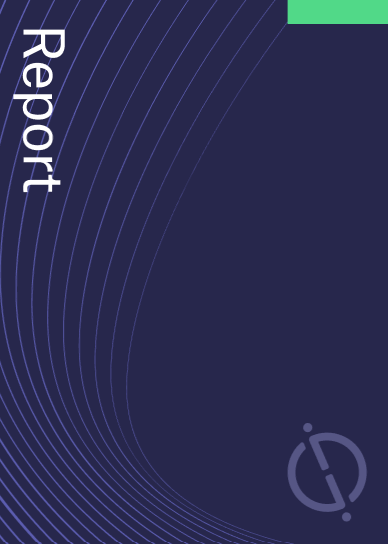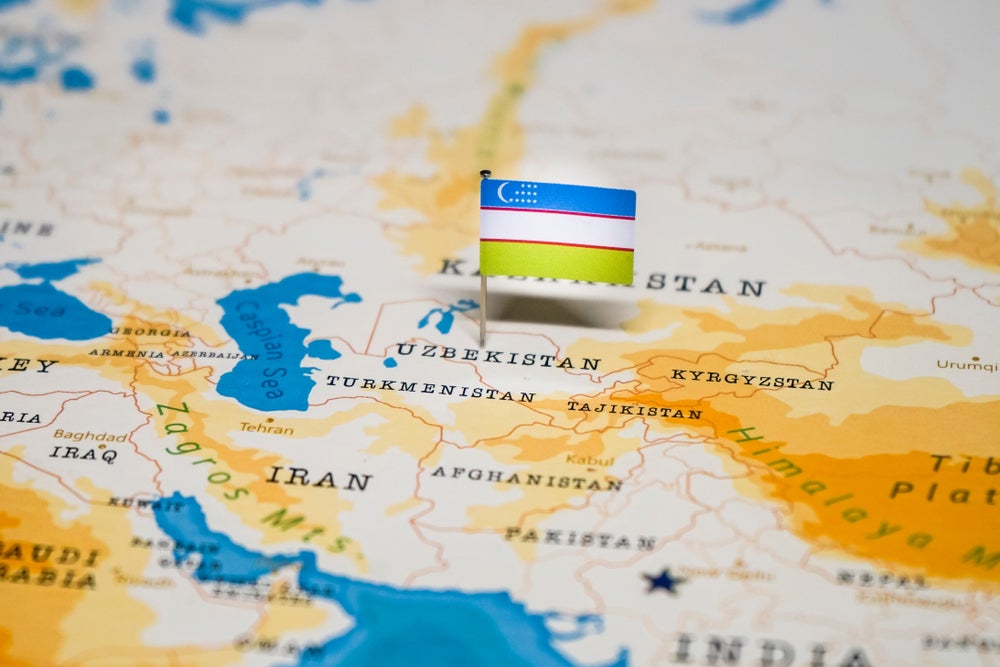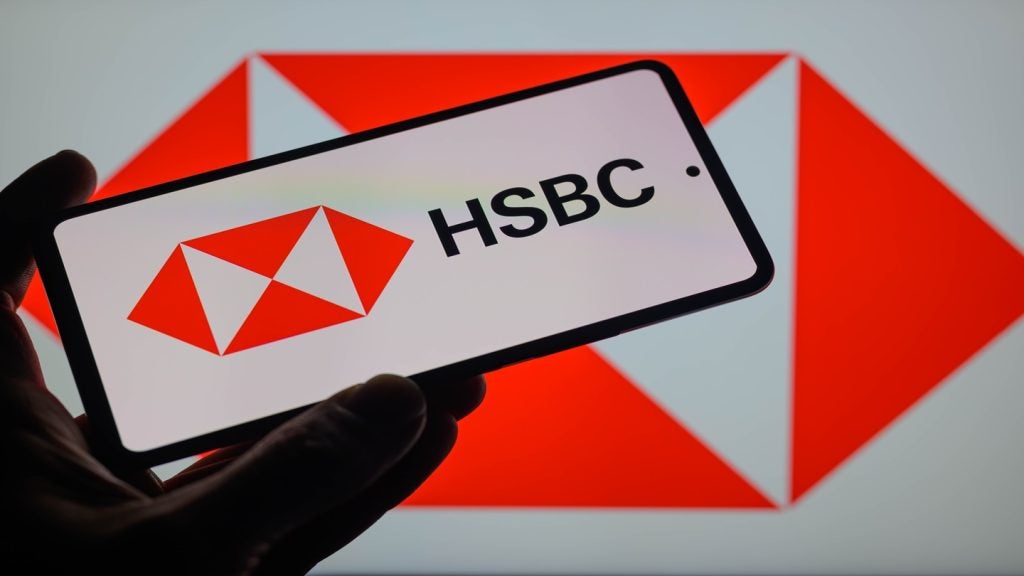Toronto-Dominion Bank has filed a patent for a computer-implemented method that automatically determines wait times for queue areas. The method involves receiving a series of images of the environment, detecting objects corresponding to people, tracking their movement, and determining wait times based on the time objects enter and exit the queue area. The patent aims to provide an indication of wait times in real-time without extensive computational resources. GlobalData’s report on Toronto-Dominion Bank gives a 360-degree view of the company including its patenting strategy. Buy the report here.
According to GlobalData’s company profile on Toronto-Dominion Bank, blockchain-based gaming platforms was a key innovation area identified from patents. Toronto-Dominion Bank's grant share as of September 2023 was 60%. Grant share is based on the ratio of number of grants to total number of patents.
The patent is filed for a computer system for determining wait times in a queue area
A recently filed patent (Publication Number: US20230316485A1) describes a computer system that utilizes multiple cameras to track and identify objects in real-time. The system includes a processor and a memory module that stores instructions for executing various tasks.
The system first receives images from multiple cameras and synchronizes them based on timestamps associated with the images. It then passes the outputs of object detection models, trained using different vantage points of the cameras, to intra-feed identity models. These models track the detected objects across subsequent images to maintain their identity as they move through time and space.
The outputs of the intra-feed identity models are then passed to an inter-feed identity model, which matches objects present in multiple series of images. This allows the system to identify new objects and recognize previous objects that appear in subsequent images. The system assigns a common identifier to objects within each series of images and across different series.
One of the key features of the system is its ability to determine the wait time of an object in a queue area. It compares the last timestamp of the object's detection when it leaves the queue area to a logged timestamp associated with the common identifier. This comparison allows the system to calculate the wait time in real-time, without requiring extensive computational resources.
The patent also describes additional functionalities of the system. It can create proposed regions containing distinct objects through object localization and determine detected objects among these regions through object classification. The system can log timestamps for detected objects within the queue area and discard irrelevant data after a timeout period.
Furthermore, the system can determine bounding boxes for detected objects using the object detection models and delineate specific objects matching those detected in previous frames. It can reclassify bounding boxes provided by the object detection models, associate them with unique identifiers, and persist the identity of detected objects across subsequent images.
The inter-feed identity model can be trained using a convolutional neural network on a labeled dataset from the cameras. The system can also extract fingerprints for each detected object, perform clustering on these fingerprints, and identify clustered fingerprints belonging to the same object.
Overall, this patent describes a computer system that utilizes multiple cameras and advanced algorithms to track and identify objects in real-time, with applications in various fields such as surveillance, object tracking, and queue management.
To know more about GlobalData’s detailed insights on Toronto-Dominion Bank, buy the report here.
Data Insights
From

The gold standard of business intelligence.
Blending expert knowledge with cutting-edge technology, GlobalData’s unrivalled proprietary data will enable you to decode what’s happening in your market. You can make better informed decisions and gain a future-proof advantage over your competitors.







